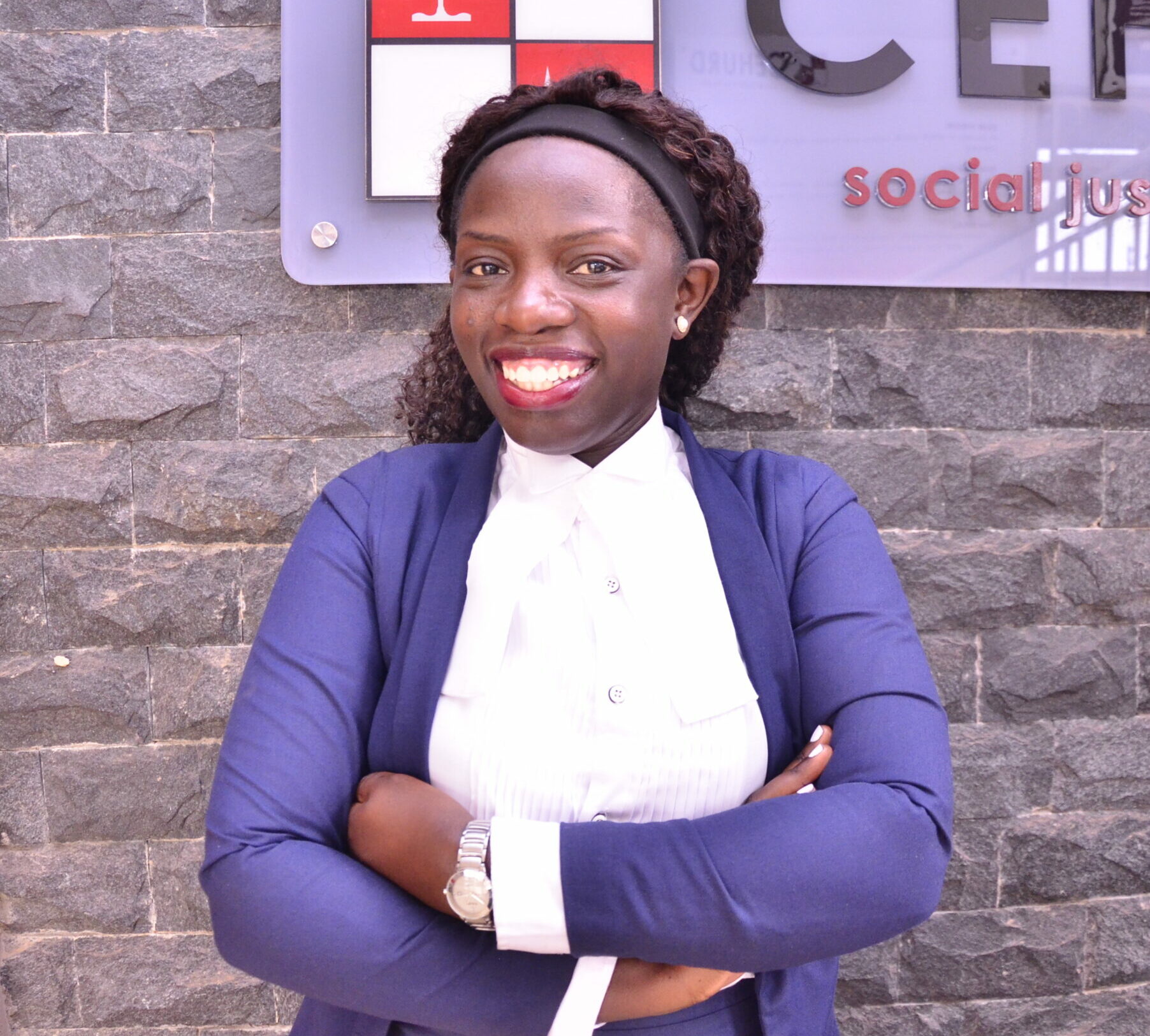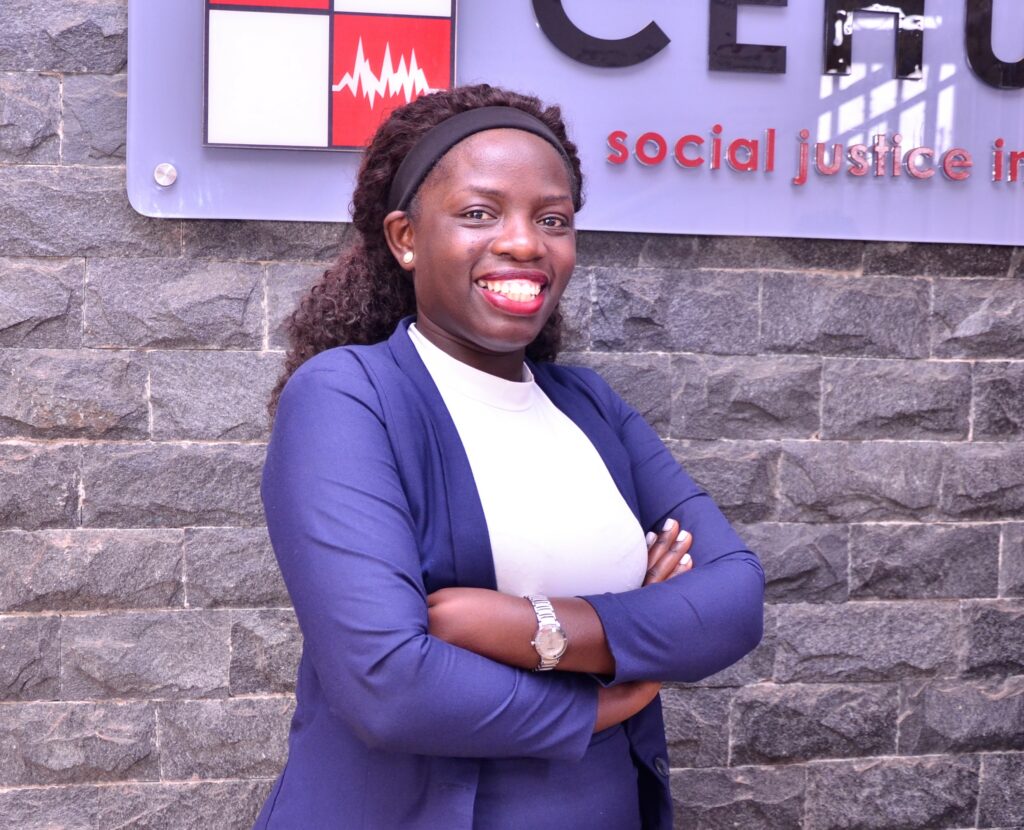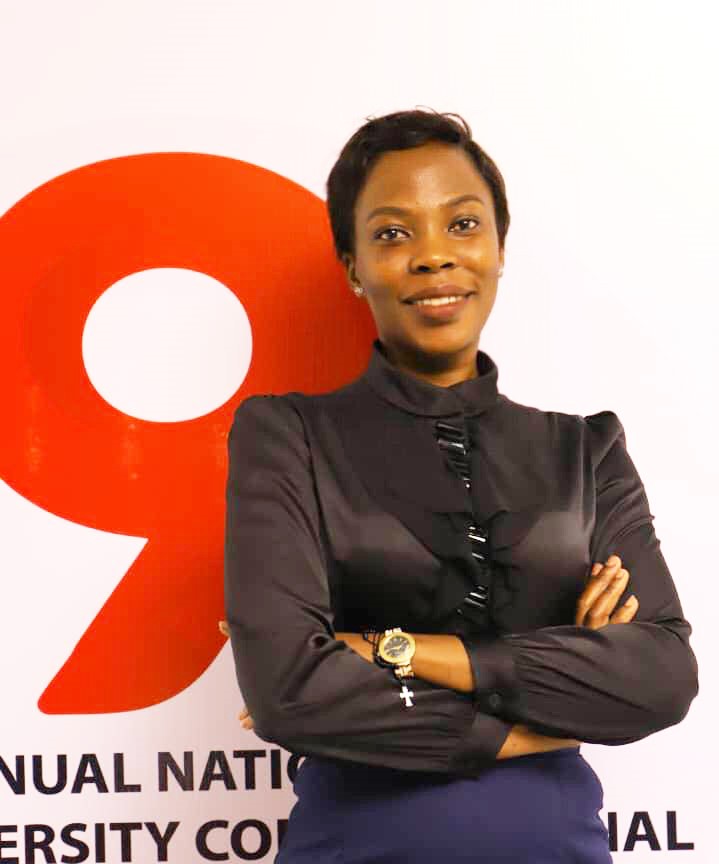Chances of survival from cancer are as high as 90% if a woman is tested regularly and the cancer is detected in the early stages. We have a saying where I come from, that a stone you can see, might prevent you from stumbling. Likewise, when cancer is caught early, the chances of treating it and healing are higher. It is important to strengthen the capacity of community health workers as a first point of contact.
Miriam kyomugisha
By Miriam Kyomugisha
According to the Uganda cancer institute, in a press statement released on 1st September 2022, an estimated 33,000 Ugandans are diagnosed with Cancer every year. Out of this, only about 7400 make it to hospital for treatment and care.
In Uganda, breast cancer is one of the most common types of cancer. Despite growing efforts to improve awareness, over 75% of breast cancer patients in East Africa present with late-stage disease, with Uganda registering over 80% of women presenting late-stage disease. This is attributable to a dysfunctional and lack of recognition of the early signs and symptoms among primary health care providers, and compounded poor infrastructure, delay in seeking support and an inadequate human capacity
As a person who has lost someone dear, to cancer, the experience caring for a patient right from detection to death is so heart breaking and I always look out for friends and family in this regard. A couple of weeks ago, a friend told me she felt a lump in her breast. I cautioned her not to take it lightly and advised her to have an immediate medical checkup. Two weeks down the road, I call to check if she had done the medical check up and alas, she had not done any test. Her explanation was that, as a Christian, she was giving God a chance to take away the lump and that her and her community of Christians were engaged in 40 days fast as part of the healing process and would only check after the 40 days. Knowing the importance of early detection, in improving the prognosis, I was so disappointed. Don’t get me wrong, I believe in God and miracles. The person I lost trusted God for healing and I know well how it all ended. Knowing how hard it can be to face a test that might be life altering, I chose not to push her too hard. For me, the death of the loved one still haunts me to date, perhaps if we had acted intime and had her tested and cancer detected early, maybe we would have saved her life. Chances of survival from cancer are as high as 90% if a woman is tested regularly and the cancer is detected in the early stages.
Unfortunately, for many women in Uganda, access to cancer screening and testing is constrained. In most private facilities, a mammogram on average costs 150,000/= and this is way beyond the reach of many women. The situation is worsened by limited access to these mammograms. With the current state of affairs and as the old adage says, prevention is better than cure. Emphasis on making healthier lifestyle choices and food choices is a good place to start. Secondly, early detection should be emphasized. We have a saying where I come from, that a stone you can see, might prevent you from stumbling. Likewise, when cancer is caught early, the chances of treating it and healing are higher. Even the cancer treatments are easier to withstand before the body is overwhelmed by cancer cells.
It is evident that the fight against cancer is not just for the medical professionals but all of us. Like the Prime Minister said in her recent visit to Uganda Cancer Institute, “We need to fight cancer like corona virus was fought by involving all stakeholders”. There is need for behavioral change through addressing cultural and religious beliefs that frustrate early detection and treatment of cancer. Early detection and treatment can be enhanced through community empowerment by building the capacity of critical mass community advocates. This can be through strengthening the ability to self-examination for symptoms of cancer. It is important to strengthen the capacity of community health workers as a first point of contact.
A robust cancer awareness has to be created as a preventive measure against cancer. Furthermore, there’s a need for sensitization to the masses on the proper and effective treatment for cancer. I got into a conversation with some colleagues and discovered that many patients had chosen herbal medicine as an alternative treatment because of the high cost of treating cancer and the disproportionate number of patients compared to medical professionals.
It is import for government to invest in the fight against cancer screening and treatment. To leave no one behind in cancer screening and treatment, it is imperative that government takes deliberate action to decentralize these services. The cost to travelling to Kampala for cancer treatment is prohibitive and this partly contributes to the high cancer mortality rates. Investment in breast cancer screening and treatment is an equity issue and must as such be prioritized.
The writer is a lawyer and a Programme Officer at the Center for Health, Human Rights and Development (CEHURD).






